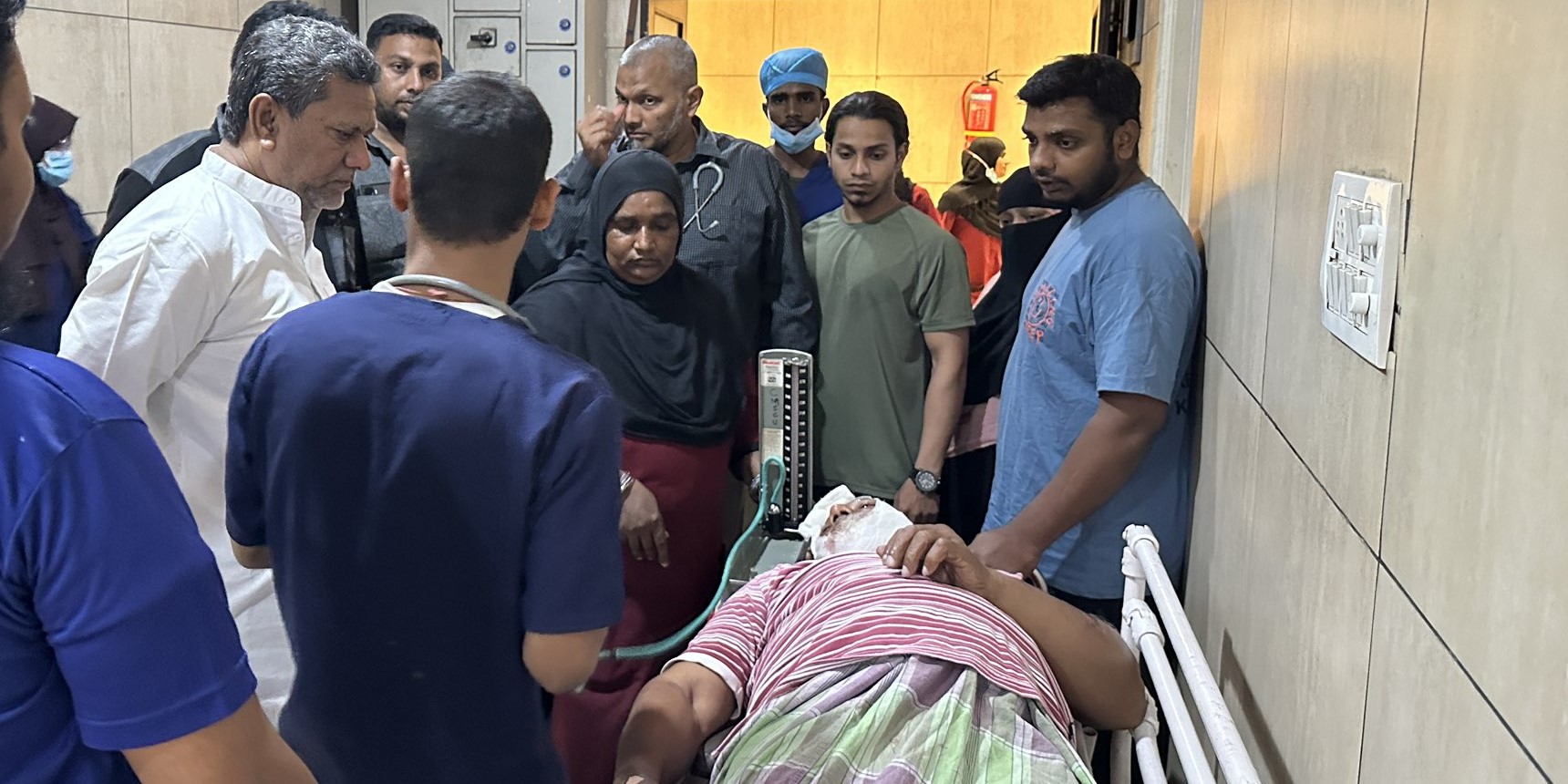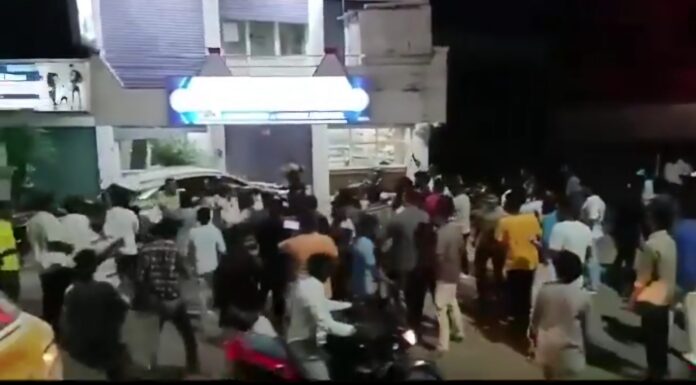Nikhat Fatima, TwoCircles.net
Hyderabad: Communal tensions flared in Telangana’s Medak district on June 16 following clashes over the procurement of sacrificial animals by two madrasas — Minhaj Ul Uloom Madrasa and Madeenat Ul Uloom. Allegations that the animals were cows, considered sacred in Hinduism, led to confrontations despite assurances from the authorities of the religious seminaries that the cattle were oxen.
The police intervention initially eased tensions, but subsequent actions reignited strife, culminating in violent clashes and injuries.
The incidents highlight ongoing communal sensitivities and raise questions about effective law enforcement and communal harmony.
Minhaj Ul Uloom, the oldest madrasa in Medak, had purchased 30-40 oxen for the Eid al-Adha sacrifice, a tradition upheld annually. However, as per a fact-finding report by the Association for Protection of Civil Rights (APCR), tensions escalated when members of the Hindu community alleged on June 15 that the animals were cows and raised objections — citing legal prohibitions against cow slaughter in the region.
Madrasa authorities reportedly clarified that the animals were oxen and pledged to furnish medical certificates to substantiate their claim. The report said tempers flared when a group of around 40 individuals returned later chanting slogans of ‘Jai Sri Ram’, prompting the madrasa to move the animals indoors to prevent further confrontation.
The situation remained volatile until the police intervened around 1 pm, relocating the animals to Kalyana Mandapam for veterinary inspection. While this, initially eased tensions, the situation took a turn the following day when the police allegedly brought a cow and a calf to Kalyan Mandapam, where the madrassa’s 40 oxen were kept.
The report said the police claimed that they had seized these animals from a man who was planning to slaughter them. However, this action raised suspicions among Muslims since Kalyan Mandapam is a marriage hall, not a veterinary facility or government property. They perceived it as a police endorsement of the Hindu Right’s claim that cows were being slaughtered.
Quoting a local, the APCR report claimed that the narrative was eventually debunked. However, the lingering question remains: why were the madrasa’s oxen kept in the marriage hall instead of being returned to the seminary’s authorities as assured, following verification of their identity as oxen?

Clashes, Injuries and Property Damage at Rahimabad
In Rahimabad, similar clashes erupted over 11 oxen purchased for sacrifice, triggering violence between Hindu and Muslim groups. The report said one Rajendra sold the animals with the help of a local Muslim intermediary.
The seller had assured that he would address any objections that might arise. However, when the mediator called him for assistance when tensions exacerbated, he briefly appeared and then left the spot.
The report alleged while leaving, he involved right-wing organizations, including the Bajrang Dal and local Bharatiya Janata Party (BJP) leaders and those affiliated to the Akhil Bharatiya Vidyarthi Parishad (ABVP) — leading to a chaotic scene where both communities clashed violently.
A local, showing a video, stated, “Rajendra played a significant role in escalating tensions by posting an online video — calling for a Hindu awakening against cruelty towards cows.”
“A chaotic situation unfolded as both communities clashed violently, with each trying to assert dominance. In the midst of escalating tensions, 8-10 individuals from the Right-wing groups, injured during the conflict, gathered near the town police station to protest. The agitation quickly swelled into a larger mob, blocking the road and chanting slogans of ‘Jai Sri Ram’,” claimed the report.
The situation worsened when a mob attacked Muslims near a hospital, resulting in injuries and property damage. “A group of Muslims en route to the police station to file a complaint were attacked by the Right-wing mob near Medak Orthopedic Hospital, just 175 meters away from the police station. The attack involved lathis and stones, resulting in severe injuries to seven Muslims,” it further added.

Dr Naveen from the hospital was among those assaulted by the mob. They allegedly vandalized the hospital board and damaged his car. Additionally, the mob allegedly targeted Muslim shops and businesses with lathis.
The doctor, according to the report, was targeted for treating one Arif, who had suffered injuries in the violence.
“Dr Naveen had to flee to ensure his safety when the mob attacked him. The windows of his car were broken during the incident, and he later gave a statement about the damage. Despite being a non-Muslim, he found himself caught up in the violence,” said the report, quoting eyewitnesses, who added that the entire incident was also live streamed by the attackers.
In retaliation, the report said, Muslims too responded with stones and rushed to bring down the shutters of their shops. However, they were allegedly attacked with lathis by the mob, sustaining injuries to their legs.
Quoting sources, it alleged the police were present but remained passive observers, intervening only after two hours. They arrested seven individuals from the Hindu community and initiated investigations against 20 individuals from the Muslim community.
Following these arrests, the Eid al-Adha was peacefully celebrated the next day. The report claimed the police acknowledged delays in their response.
Despite the arrests and subsequent calm, questions linger over the police’s handling of the animals and their failure to defuse tensions promptly. The incidents underscore simmering communal tensions, demanding a proactive approach to maintain peace and uphold communal harmony.


